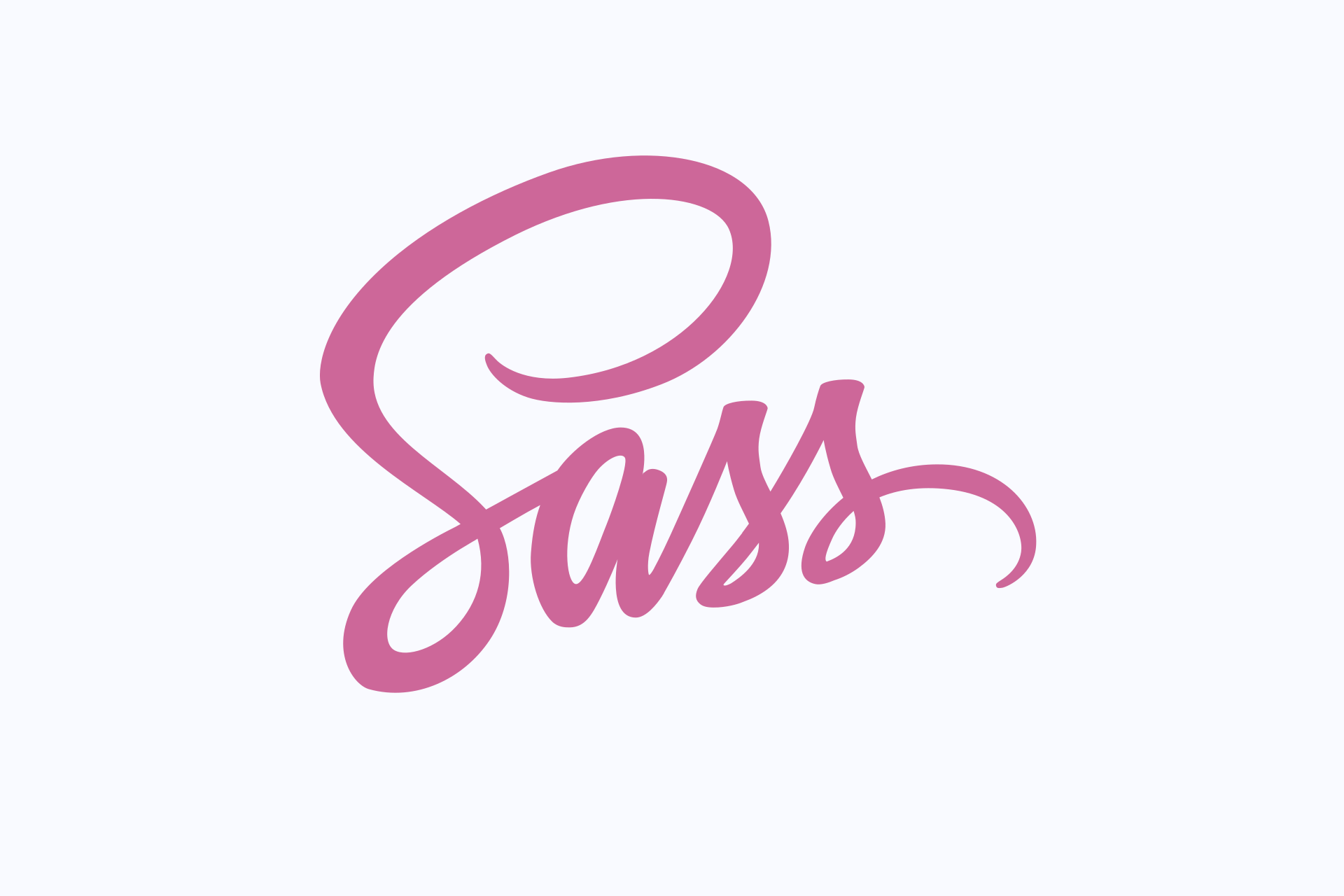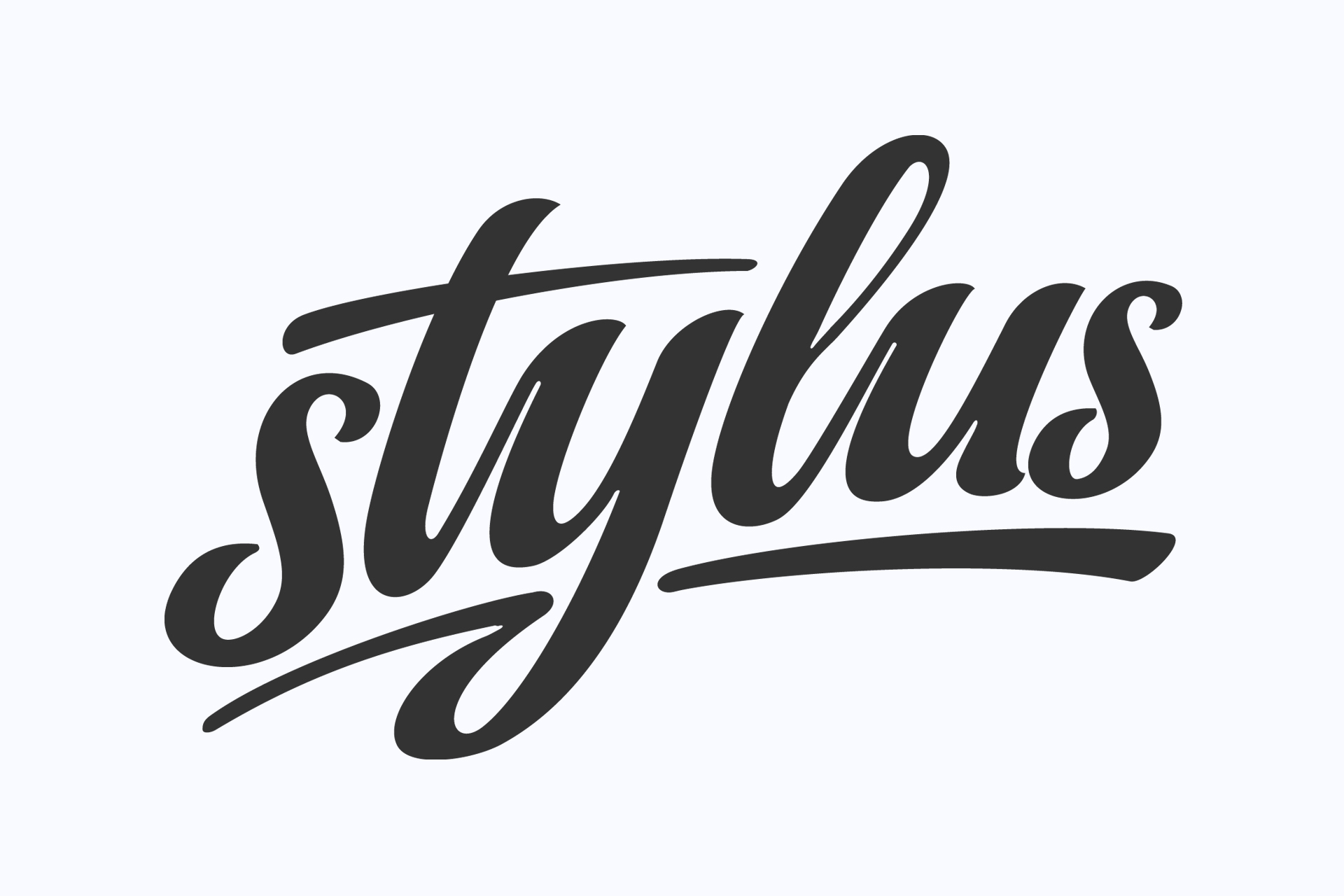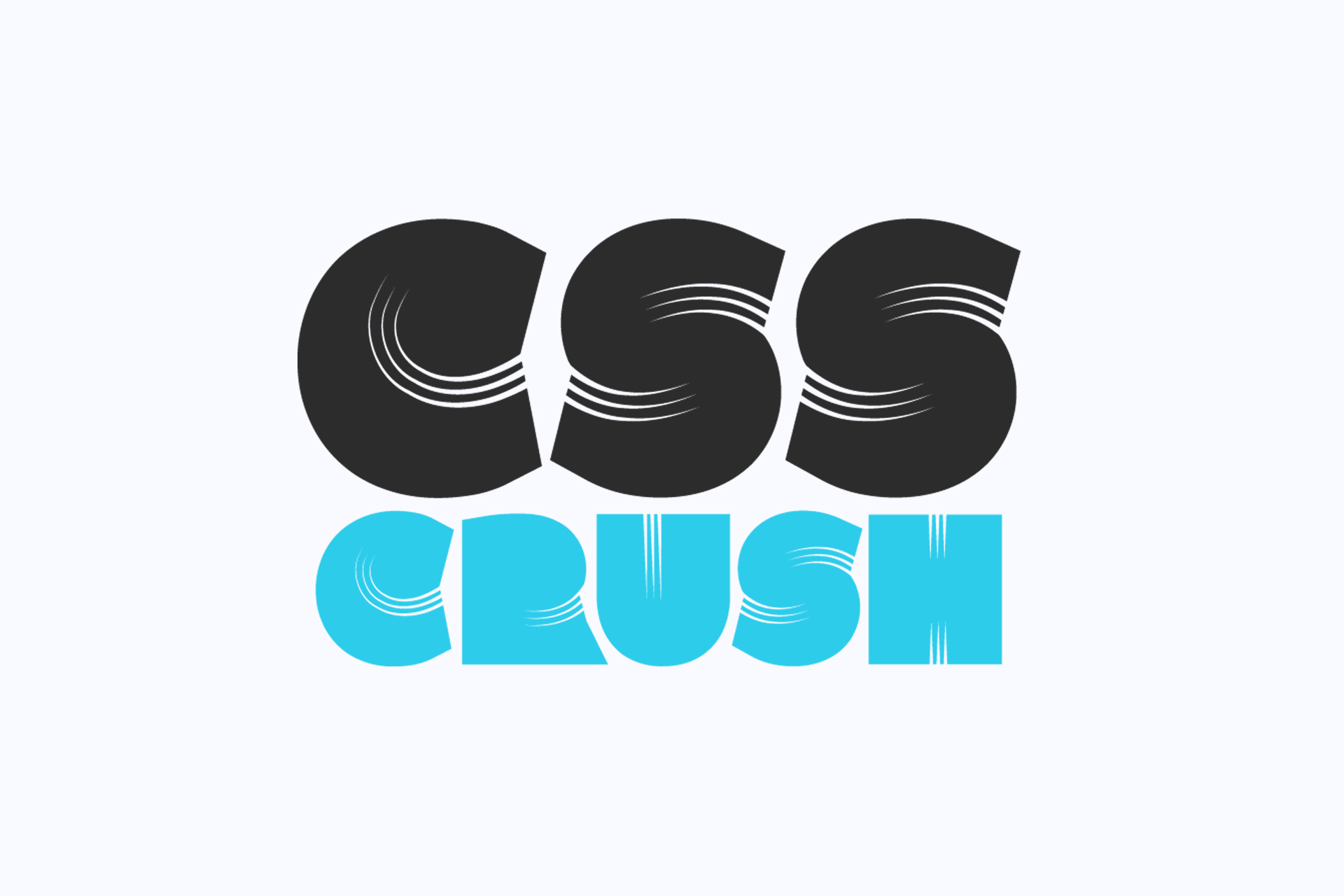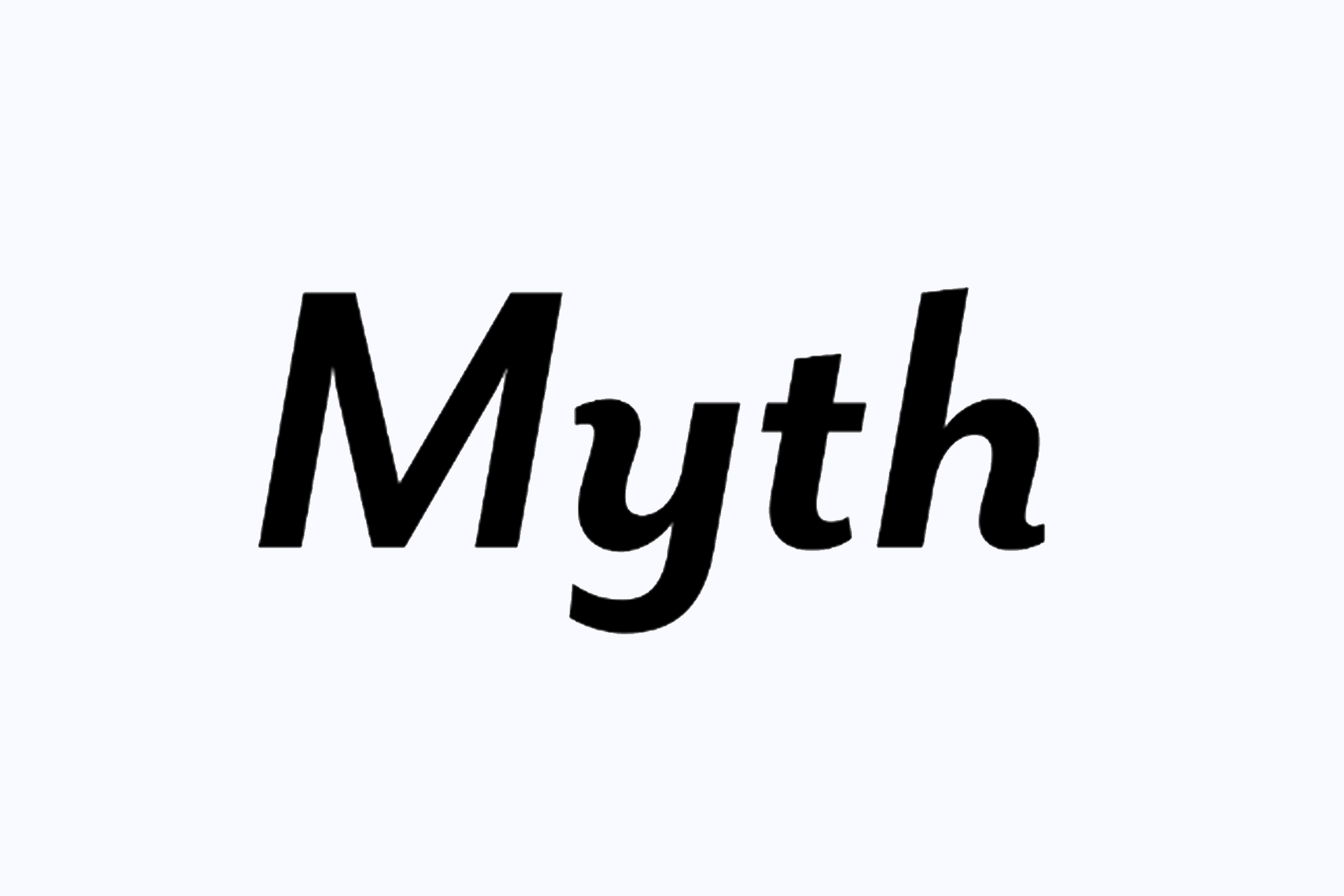Defining CSS Preprocessor
The HyperText Markup Language or HTML has been the standard markup language in placing structure and content on a web page. Over the years, it has evolved from table-style structure-based to a detailed division-style structure-based markup, which we now know as HTML5. Along with the new version comes the new semantic elements, which were added for the benefit of many web developers. These semantic elements are supported by all major modern browsers and cover many aspects of webpage content, such as graphics, media, and forms.
Needless to say, HTML would be dull without CSS. It is impossible to imagine how a modern web design unfolds without using CSS. Cascading Style Sheets or CSS is the style sheet language responsible for adding a website's design or look and feel. It makes web page content more fascinating than just plain pieces of text and content. CSS rules cover many aspects of design, such as altering the colors and position of the elements and adding creative animations to a web page. Like HTML, CSS has also gone a long way from simple table-based CSS rules to making responsive elements and more, now known as CSS3.
Nevertheless, these new rules have increased the complexity of CSS code, making it more challenging to maintain at times. Aside from adapting to new complex CSS properties, there are several times when developers write repetitive CSS codes, which can be inefficient and time-consuming. For website design experts, writing functional CSS code will be the priority, and code readability comes next.
As you add more CSS code, CSS files grow and become disorganized as the development process advances. CSS is limited on its own and doesn't have the default capabilities to consolidate styles and values, making reducing the repetition of common styles and code for abstractions almost impossible.
CSS also depends on browser capability; not all browsers support every CSS feature. For instance, it is difficult to display the same web page content without the vendor-prefixed CSS code in every browser. Moreover, you cannot define variables, do mathematical operations, and use helpful functions using normal CSS code alone. This is where CSS preprocessors come into the frame.
What is a CSS preprocessor?
A CSS preprocessor is a scripting language that acts as an extension of the default CSS ability that uses modern programming-language methodologies. It allows you to use programming concepts such as variables, operations, functions, inheritance, and rules of selector nesting while writing your regular CSS syntax and enforcing the DRY (Don't Repeat Yourself) concept, which prevents repetitive tasks in your code. Each CSS preprocessor has its own way of writing code syntax, which is then compiled into regular CSS.
CSS preprocessors are designed as a superset of CSS to make web development work easier and faster. It helps you write better, organized, and manageable pieces of consolidated reusable CSS codes that can be referenced whenever you need them. While you may think that working with CSS preprocessor code might be difficult, these are just CSS codes mixed with programming-language concepts such as basic conditional logic but with a bit of twist to help you cut down the development time and power up the regular CSS capabilities.
Difference Between Popular CSS Preprocessors
CSS preprocessors act as the mediator of your preprocessor file and the compiled CSS code, which is then displayed on the client side. Some web developers believe that preprocessors only add extra work to their workflow and are time-consuming. But in reality, most CSS preprocessors can make the process of writing code on a CSS file faster and more efficient without interrupting your workflow in a maintainable manner.
In fact, several popular business tech giants such as Airbnb, eBay, and BBC have already embraced the methodology of CSS preprocessors to write and maintain CSS codes in their production. Once you've taken a closer look at each popular CSS preprocessor, you will learn how it comes in handy in automating repetitive tasks and maintaining your CSS codes and files.
To date, there are five most popular CSS preprocessors that are available out there, including two of the oldest CSS preprocessor: Sass and Less. Each of these CSS processors is unique to its kind and is also periodically being integrated with some other popular frontend frameworks. Choosing which one can work for you is not rocket science but recognizing how their syntax works and ecosystem will make the difference.
1. Sass

Sass or Syntactically Awesome Style Sheets is the most popular and one of the oldest CSS preprocessors available to frontend developers. It has been used for almost 16 years since it first appeared on 2006. Sass was initially designed and developed by Hampton Catlin and Natalie Weizenbaum and was joined by Chris Eppstein in 2008. It is known to be the "most mature, stable, and powerful professional grade CSS extension language in the world" as stated on its official website.
Sass is a feature-rich stylesheet language that extends CSS by compiling SassScript and generates CSS files for various selectors using a mix of standard CSS syntax. Sass allows two types of syntaxes: Sass which uses the file extension .sass, also known as the indented syntax, and SCSS or Sassy CSS, which uses the .scss file extension, is a CSS-identical syntax. Sass can monitor both .sass and .scss files/syntaxes and then compile them to .css files whenever you save your SassScript file. Along with its excellent compiling features, the Sass language enables developers to use programming concepts such as Sass variables, mixins, inheritance, functions, if/else statements, loops, placeholders, and other programming methodologies.
Sass was integrated with the most popular and widely used CSS frontend framework, Bootstrap. Sass makes the CSS bootstrapping process faster, which involves utilizing CSS-based design standard templates for typography, buttons, colors, forms, navigation, modals, tables, carousels, and many other optional CSS3 features.
Using Sass helps developers to prevent the repetitive tasks and overhead of writing CSS and editing the same CSS file even if the CSS files get bloated. With Sass, you don't need any additional HTTP requests, which can speed your page load times and organize your CSS files so you can edit them faster and efficiently whenever your project demands.
2. Less

Less or Leaner Style Sheets, similar to Sass, is yet another one of the most popular yet oldest stylesheet languages available online. Less was designed and developed in 2009 by Alexis Sellier and was influenced by the Sass architecture with the goal to be coded as CSS-like syntax as possible to provide a steep learning curve to developers who already know how to code in CSS. Less was originally written to use Ruby but was deprecated at a later time. Since JavaScript is more than twenty times faster than Ruby due to its highly optimized engine, it was later rebased to the JavaScript library. With the powerful features of Node.js built on the Chrome V8 JavaScript engine, Less was also subsequently utilized by the client and server side on various platforms.
Less has attracted a lot of users due to its simplicity. Less is a superset of CSS pack with powerful tools which allow developers to write less code and still compile it to valid CSS using the .less file extension. Like Sass, Less help make CSS easier to manage and maintain. While most of its core functionalities are almost the same as Sass, with different names and setups, the apparent difference is how Less names its variables. Sass uses $ for variables while Less uses @.
3. Stylus

Stylus is yet another powerful stylesheet language following the launch of Less. It was first launched in 2010 and was designed and developed by TJ Holowaychuk, a former Node.js developer. Compared to the other CSS preprocessors such as Sass and Less, which were both originally written in the Ruby language, Stylus was designed and built using Node.js, an open-source JavaScript server runtime environment that utilizes Chrome's V8 engine designed to build network-based scalable applications efficiently. This means that when you use Stylus, you can automatically obtain the platform's binaries, including npm (Node's package manager).
Objectively, Stylus is a comprehensive pythonic or indentation-based CSS preprocessor providing a dynamic and expressive way to Compile CSS. Like Sass and Less, Stylus has its own file extension, which is .styl. The key difference between Stylus on other CSS processors is that it allows developers to omit brackets, colons, and semicolons and still manage to compile it to valid CSS. It also doesn’t use @ or $ symbols on its variable declaration; instead, it uses assignment operators. For instance, if you are naming a background-color variable and assigning a black color to it, it would be as simple as bg-color = #000*;
4. CSS-Crush

CSS-Crush is another robust CSS preprocessor alternative to other popular preprocessors. CSS-Crush was developed by Pete Boere and has been used for over nine years. The unique thing about CSS-Crush is that it was not written in Ruby, JavaScript, or Node.js, just like the previously mentioned CSS preprocessors, but in Hypertext Preprocessor or PHP language, which is one of the oldest codebases yet one of the still most used programming languages in the world. CSS Crush defines itself as an extensible PHP-based CSS preprocessor to reduce many of the hacks and ambiguities necessary in the modern web development workflow.
While CSS-Crush was built in PHP, it has all the same features you will see in a standard CSS preprocessor, such as variables, inheritance, rules of selector, and much more. CSS-Crush can be installed via Composer, a tool dependency manager for the PHP programming language, which stands as a standard tool for managing dependencies of PHP libraries similar to Node.js and Ruby.
5. Myth

Myth is a unique type of CSS preprocessor that lets you write vanilla CSS like a polyfill. It was developed by Ian Storm Taylor, Co-founder of Segment.io Inc. and ex-RISD Graphic Design. Unlike Sass and Less, Myth has created its own preprocessor syntax as its standard specification.
Myth allows developers to write pure CSS and still use modern CSS processor features such as variables, mathematical operations, and other preprocessor programming-based concepts. It can re-process other people's CSS without rewriting its CSS in a completely different syntax. Myth is exceptionally fast thanks to Rework, a CSS manipulation API built on CSS, which has a nifty CLI and Javascript API.
Reasons to use a CSS Preprocessor
In reality, some developers are still writing stylesheets manually. The common question some asked is that if CSS preprocessors are simply compiling vanilla CSS in the end, why not just write CSS in the first place? While this question might have a point, it's still not entirely accurate. As a developer, you can still fix all the layout and design problems by hand while manually searching the CSS files, continue repeating tasks, and create bloated CSS files.
CSS uses a declarative type of programming. Whatever you write on your stylesheet is used directly by the browser, which can make or break your web design instantly. Stylesheets are often repetitive in nature as CSS files are linear documents inherently. This can cause errors and confusion between developers while writing codes.
CSS preprocessors don't make the CSS better right out of the box. If you don't have proper knowledge of how CSS codes and syntax work, it won't fill the gap between your workflow and code comprehension. However, CSS preprocessors can help you write CSS codes faster and efficiently in an organized and maintainable manner.
Below are some of the primary reasons why you should use CSS preprocessors in your workflow:
It follows the DRY (Don't repeat yourself) principle. Redundancy in CSS code often can fail. CSS files will contain repeated styles, declarations, and values which can be organized and solved efficiently using a CSS preprocessor. It:
- Automates repetitive tasks using reusable component features such as mixins and functions.
- Offers features and concepts beyond the limitation of CSS itself. It allows its users to use programming concepts such as variables, nesting, mixins, inheritance, conditionals, functions, expressions over variables, and much more.
- Provides fallback color support for older browsers by using the precompiler feature. Modern browsers support RGBA (Red Green Blue Alpha) and HSLA (Hue Saturation Lightness Alpha) color values by default, but you need to add support to it manually for older browsers if you write code with CSS alone.
- Automatically adds vendor prefixes right out of the box. This allows the specification to set up rules for how a property or style might be implemented in a specific browser.
- Compresses or minifies your CSS every time it compiles your code. Compressing the CSS makes the file size smaller, resulting in a faster code response for every device.
Wrapping Up
CSS preprocessors make the developer's job easier, organized, and maintainable. Using a CSS preprocessor such as Sass and Less means you are not limited to what vanilla CSS can offer. It doesn't replace CSS but enhances the ordinary CSS syntax by providing programming-related concepts such as variables, functions, and nested rules.
With all of the available CSS preprocessors mentioned in this article, choosing the one that will work on your current project and the technology you are currently using is recommended.
Aug 1, 2022
